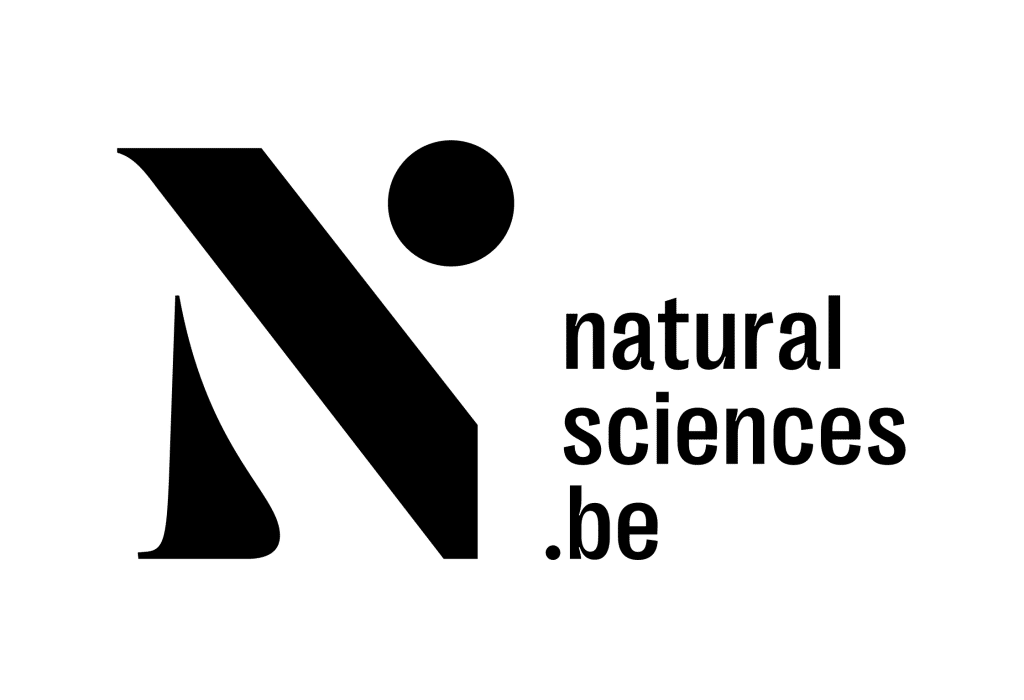Our Work
CEBioS works at the interface between science, practice and policy…
Four transversal approaches supporting all Strategic Objectives:
- Capacity Development
- Clearing-House Mechanism (CHM) – IT Tools
- Measuring, Reporting & Verification (MRV)
- Awareness
Capacity Development is the core of the CEBioS programme, especially under SO1 (for academics) and SO2 (for state implementing partners, agencies), but also under SO3 to inform and train about policies (e.g. Nagoya Protocol). Capacity building is mainly referred to in Aichi Target 19.
Examples:
Global Taxonomy Initiative (GTI) calls (improving taxonomic knowledge & skills)
Specific workshops to improve taxonomic skills (e.g., related to DNA analysis)
Marine modelling (training & support)
Habitat monitoring (training & support)
Databases
Support concerning international policy
Production of lexica and AbcTaxa
Synergy projects with civil society & private sector in agriculture and conservation
All about digital support and information sharing.
The CHM is a web-based tool promoted by the UN CBD to meet Aichi Target 19.
Support and development of other IT tools, platforms or models to mainstream biodiversity or to harmonise planning and reporting of Aichi targets (and post Aichi after 2020) for CBD and to harmonise with other international conventions, is included in this digital transversal approach and is tailored to fit in with all SOs.
Examples:
CHM calls
Workshops on CHM & Bioland
Digitalization
Networking CHM
Also tools related to marine modelling, remote sensing, online databases??
The MRV concept stems from the carbon discussion in the context of climate change. MRV is now also applied in the biodiversity & development realm, offering a powerful approach to tackle the translation from science to policy to development by valorising scientific data to feed local and national indicators for reporting and verification of biodiversity policies and strategies. MRV facilitates the cooperation between the academic world, the authorities and decision-makers in order to convert academic results into concrete value chain options for livelihoods and tools for the sustainable use and management of the ecosystem services offered by biodiversity. MRV is especially prominent under SO1 and SO2. It mainly contributes to Aichi target 17.
Examples:
MRV projects/calls
Training workshops on MRV
Coaching in MRV-related activities: indicator development, bridging gap between research (academic world) and authorities/policy makers, etc.
Awareness and communication are key to realise knowledge and technology transfers for capacity building and in the science-policy-development interface and they are an integral part of all SOs. Both topics are prominently present in the COP conferences under the CEPA fairs side events, being responses to meet the Aichi target 1.
Examples:
Awareness calls (including baseline studies, indicator development & measuring people’s (change in) perception; can be specifically related to GTI results & MRV projects)
Punctual workshops (e.g., for GTI and other CEBioS alumni) & summer schools; training on awareness
Production and dissemination of brochures, policy briefs, posters, etc.
Activities in context of CBD/COP
Increasing awareness in North (CEBioS) and South for the partners of the Belgian Development Cooperation, civil society
Extra info?
Please enter text here
Lorem ipsum dolor sit amet, consectetur adipiscing elit. Ut elit tellus, luctus nec ullamcorper mattis, pulvinar dapibus leo.
Extra info?
Please enter text here
Lorem ipsum dolor sit amet, consectetur adipiscing elit. Ut elit tellus, luctus nec ullamcorper mattis, pulvinar dapibus leo.


